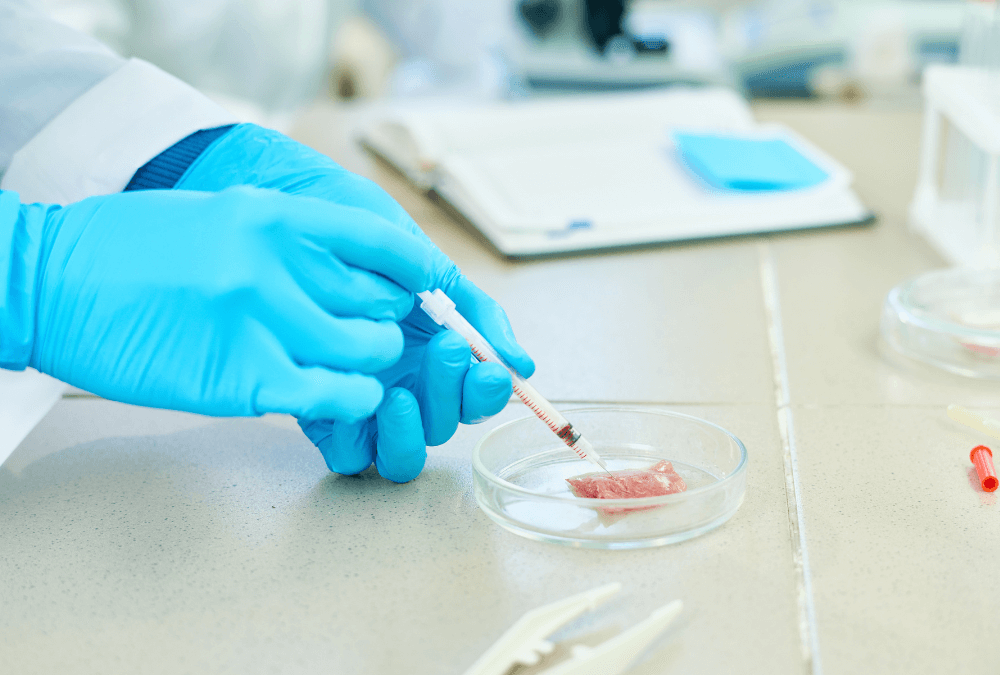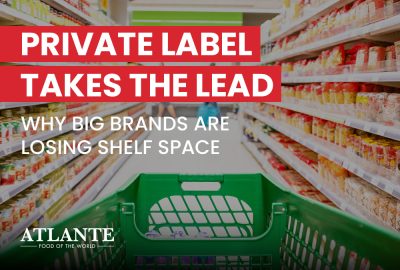Atlante
News
Cellular agriculture: where we are and future prospects

18 May 2023
The climate emergency due to anthropogenic causes and the growing need for food, primarily protein, due to the increase in the world population are stimulating the food industry to find innovative solutions that have a lower impact on the natural resources we are depleting, such as soil and water. The production of raw materials is therefore necessarily moving from fields to laboratories, opening up brand new scenarios and producing new products that are more or less similar to those we are used to. While hydroponic and aeroponic farms make it possible to have salads, aromatic herbs and more, cellular agriculture is the answer when it comes to animal products.
Foodtech research in advanced countries is attracting private and state capital, promising eco-friendly and ethical solutions, and is already yielding some results. In Italy, cellular agriculture is currently opposed by those who see it as a competitive threat, as, in the long term, it will be more economically and environmentally convenient. In other countries, however – with Singapore in the lead – it is already a reality. In our precision fermentation special, we explained the benefits of the cellular agriculture process and how it takes place.
In the dairy sector, Israel’s Remilk has formulated a milk analogue produced without exploiting cows and, consequently, without the resulting harmful gas emissions and slurry. In 2022, the company announced the construction of a plant in Denmark capable of creating the same amount of milk as 50,000 cattle each year. The meat sector is further behind in research and faces two main obstacles: finding an inexpensive culture serum and creating satisfactory cell structures This is why we are still a few decades away from a widespread steak alternative.
The European Union is implementing information campaigns to overcome the public’s natural scepticism towards novelty. But what is ‘cultured meat’? It is the result of a process that has been used for decades in other sectors and is now applied to food: cells – from fungi, algae, or mammals, removed without causing harm and pain to the animal – multiply through a process called fermentation, similar to that which produces beer and wine. When this process is applied to mammal cells, fungi or algae fed with a culture serum (which used to be foetal bovine serum and could now also be derived from soy, for example), the cells multiply, creating a kind of ‘puree’ that is then filtered in order to obtain a denser one that must then be given structure. A piece of this new meat costs between €50 and €70 and does not yet have a convincing structure. Though far from being market-ready, the main bodies and institutes appointed to come up with solutions for the common good (from the FAO, to universities and national governments, except for Italy), place great hope in it to feed populations and lighten the anthropic impact on the environment.





